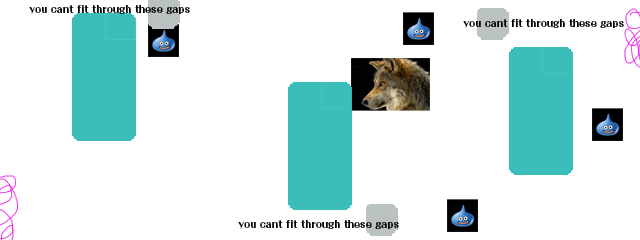Fairwick School of Witchery
Output: 13 songs
Timeframe: 15 months
Team size: 5
Musically, this is my favorite project I’ve ever worked on. Though the game was never finished or released, it was really important in my musical development. For the project, I pushed myself stylistically, production-wise, and compositionally. At the same time, though, I pulled out of the vault some of my earliest compositions, wrote kinds of songs I’d wanted to write for years, and embraced a controlled chaos that I think speaks to much of my practice.
Taking inspiration from bossa nova, smooth jazz, Sting, Richard Dawson, royalty-free slop, military marches, and games across the genre spectrum, the music of Fairwick goes wherever it needs to whenever it needs to.
This is, for now, my favorite song I’ve ever written over about a decade of composing.
At the time of writing it, I was deeply inspired by Richard Dawson’s “The Hermit.” Elegantly weaving together section after section, Dawson takes the listener through a sprawling 41-minute odyssey of a composition. This song is my attempt to carry that style over to a cheery video game piece.
Moving through 4 keys over 400 measures in about 8 minutes, “Fairwick River” took me 3 months from start to finish. I spent 2 months sketching out the melody for the entire song, before moving through section by section and fleshing the piece out. The drums took a week, and the rest of producing it took another 3.
Recontextualizing melodic figures around different instruments, repeating some sections consistently but throwing in plenty of one-offs, I put my absolute all into this piece. It nods to many soundtracks I wanted to write in the world of since I first became a songwriter. I’m still extremely proud of it.
But I wrote other stuff, too!
The theme for the School’s comic-relief professor of mushrooms, the title says everything you need to know.
I have no jazz training, but was told smooth jazz was needed. I wrote almost the entire song in a day, then I spent weeks on the chords, endlessly tweaking them.
These two are some my oldest compositions and musical fragments that I’ve ever thought were actually any good.
“mellow” is among the first 5 songs I ever wrote and finished after I graduated from just Musescore and started working in Ableton. Coming back to it nearly 6 years later, I gave it a totally fresh coat of paint, but kept the composition pretty much entirely unchanged. It’s the theme for the school campus, hopeful and dynamic and… mellow. There is also a “mellower” version for the campus’ courtyard.
“The Science Of Magic” is the theme for the School’s Potion professor, a hard-shelled, all-business woman with a big heart. The piano line in “The Science Of Magic,” the small fragment I built that song around, was originally about 33% slower and in C. Speeding it up and changing its key to A made it feel much less goofy, much warmer, and a little more regimented. Recontextualizing it here helped create the perfect blend of mechanical stability and an emotional air of almost pensiveness.
Game Design
The game was a procedural sidescroller where you bring a limited number of potions into the field with you, where you then have to try and clear the level (determined by distance) without running out of potions, killing things along the way to get resources to make more potions.
I found myself solving a number of the game’s design problems over the course of development. One major one was this:
Given this structure, though, why not just… run to the end? And never use potions? My solution was to create “Encounters,” walled-off sections with set entrances and exits, where you need to defeat all the enemies to open up the doors again.
I then went ahead and designed them (real dev art pictured), using placeholders of enemy concepts and known environmental items like trees and rocks to design 20 different Encounters of varying difficulties. I made 6 Easy, 7 Medium, and 6 Hard encounters for the game’s Forest area.




